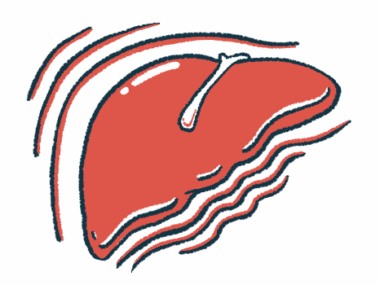Patient Day is part of International Porphyrias Symposium 2023
Organizer calls event an opportunity for 'connecting and learning'
Written by |

The International Porphyrias Symposium 2023, where experts discuss the latest research into porphyria, will be held later this week and will feature a day dedicated to people with the disease.
The symposium, which is designed for clinicians who care for people with porphyria and scientists conducting research related to the disorder, will kick off Thursday and run through Sunday, Oct. 29. Patient Day will be held on the final day. Those wanting to attend can do so in person at the venue in Bethesda, Maryland, or virtually via Zoom. The event is free, but registration, which is available online, is required.
The venue will have porphyria-friendly lighting and rescue foods will be available. The symposium is organized and hosted by the United Porphyrias Association (UPA), the Porphyrias Consortium (PC), and the American Porphyrias Expert Collaborative.
“The International Porphyrias Symposium 2023 will host over 200 attendees from 18 countries,” Kristen Wheeden, UPA’s president and symposium course director, said in an emailed statement to Porphyria News. “Porphyria Patient Day, on Sunday, Oct. 29 will be a phenomenal day for connection and learning. Yet, the scientific conference is also critical and beneficial to the patient community — it is where the most recent information and novel research is discussed and advanced by researchers, clinicians, and industry partners.”
An ‘exciting time’ for porphyria
Experts working in porphyria and heme biosynthesis — the signaling cascade that’s disrupted in porphyria and is the underlying cause of the disorder — will share data and discuss the latest research related to the various types of porphyria, strategies to diagnose the disorder, and advances in managing and treating the condition.
“Advances in diagnosis, management, and treatment serve to increase the quality of life in our patient community,” Wheeden said.
The part of the event oriented towards clinicians and scientists will include interviews with people who have porphyria so experts can hear about patients’ perspectives. Events like this are an important way for clinicians and researchers to improve their practices and study rare diseases like porphyria.
“This is an exciting time for porphyria. This past year there have been a number of significant advances in heme biosynthesis and the diagnosis and treatment of the porphyrias that our speakers will present at the symposium,” said Robert J. Desnick, MD, PhD, dean for Genetics and Genomic Medicine, and professor and chair emeritus at the department of Genetics & Genomic Sciences at the Mount Sinai School of Medicine. “Two new features of the symposium this year include a kickoff porphyrias introductory course and a Western Hemisphere workshop that will bring together experts from North, Central, and South America to discuss how we can work together to improve the lives of patients in our hemisphere.”
Desnick is also PC’s principal investigator and a symposium course director.
Patient Day opens at 8 a.m., Sunday with a morning meditation, followed by an hour where patients can get coffee, mingle, and visit interactive stations that provide resources on topics like journaling, nutrition, networking, and storytelling. At 10 a.m., patients will be able to share their stories and experts will discuss the biological underpinnings of the various types of porphyria and recent advances in treatment.
Lunch is at noon and patients will then have the choice of attending two different tracks during the afternoon portion, which runs from 1 to 3:15 p.m. One track will include a series of discussions about acute hepatic porphyrias, which are marked by sudden symptom attacks. The other will focus on cutaneous forms of the disease that mainly affect the skin.






